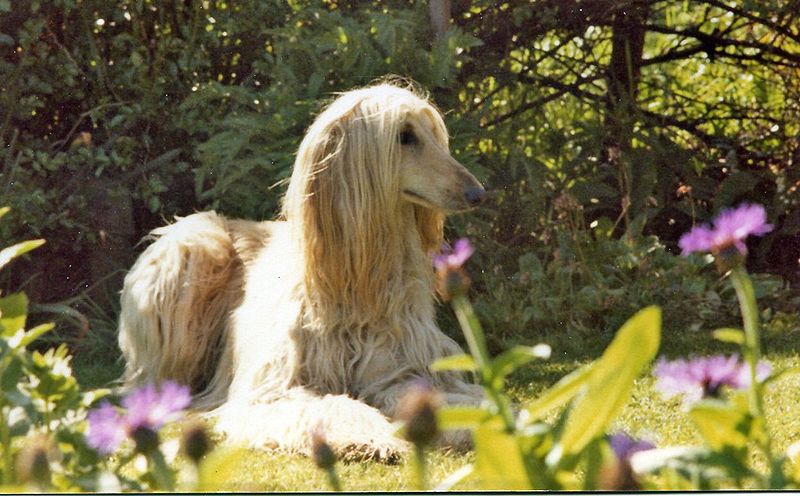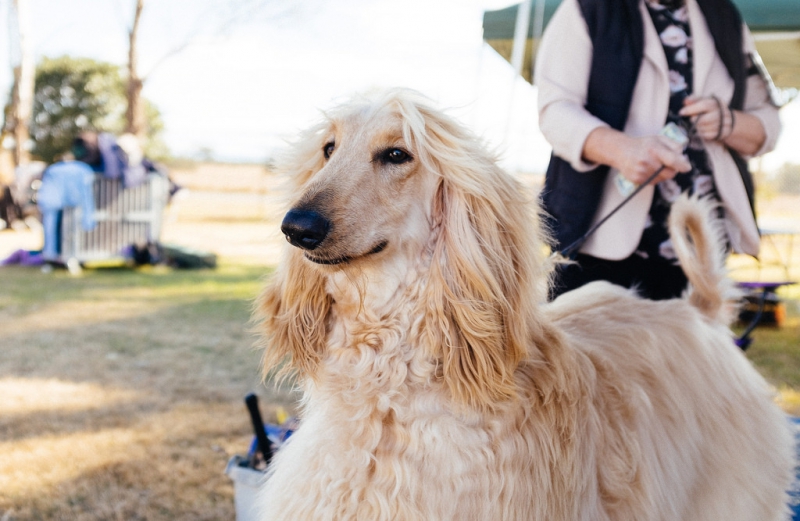 |
| ▲ Source = Flickr |
It has been 15 years since the cloning technology was announced. Using this technique, dogs who can not afford the sorrow of losing their loved ones will be able to have dogs replicated exactly the same as their loved ones.
However, the cloned animal will eventually die, and again only the stigma will be left in the bitterness. But with the recent emergence of re-replication technology, there has been a way to replicate replicated dogs.
Clone clones again
Scientific journalist Cydd O'Leary reported that a team of researchers from the University of Michigan, the University of Illinois and the University of Seoul had replicated their first cloned dog snuff. Snuppy died in 2015 at the age of 10 at the first cloned Afghan hound in 2005. According to the Daily Mail, the research team had just replicated Snuppy at the age of five, but only recently, he has published a study on replication.
Snuffy is a clone of dogs named Tyrese. Tie cells were inserted into the female oocytes from which the original nucleus had been removed and then implanted into the female uterus. The team, who cloned Snuppy, announced that the clonus snuffie has reached the end of its normal life.
When Snuppy was five years old in 2010, the team used stem cells from cloned dogs and used cells to conceive other female dogs. The research team had four successes with 94 implanted embryos.
However, one of the replicated puppies died of diarrhea and only three of the duplicate dogs were alive. The researchers found that the remaining three were healthy and normal at the age of nine months.
 |
| ▲ Source = Flickr |
Snuff
Snuppy died of cancer, just like the original dog tied to the clone. However, the two died of different cancers, both rare and unusual. According to the team, for 10 years, Snuffy did not show any health problems until she had cancer. However, Snuffy was also diagnosed with cancer at the same age as Tai.
The researchers said they replicated Snuppy to study the viability of replicated animals. Numerous studies on cloned animals have been published, but the researchers are still not sure if the cloned animal is suffering from an unknown congenital defect or life span shorter than the original animal.
However, it is the agreement so far that the cloned animal has no known congenital defects and is not shorter than the original animal. There is no obvious evidence that a defect has occurred in the replication process.
Reproduction of cloned animals
As the research team announced the results of a successful 2010 re-replication to the world, the scientific community is watching closely the developmental state of the current 7-year-old replica. The researchers said they will continue to study long-term health, aging, and longevity of second-generation cloned dogs. Since Thailand and Snuppy are cancerous, it is expected that research on the onset of cancer will be possible through replication.
 |
| ▲ Source = Flickr |
Another copy
Since the cloning of Snoopy in 2005, hundreds of dogs have replicated hundreds of dogs. Britain succeeded in cloning the first dog in 2015, after West Yorkshire-based Laura Zac and Richard Lemud cloned their dog Dillon. The couple earned $ 79,272 for chances and shadows.
The names of the two cloned dogs came from the character of the movie "Long Journey". Duplicated dogs were born at the Sooam Biotech Research Foundation. The couple's original dog, Dylan, died at the age of twelve.
Replication Cost
Melain Rodriguez, manager of Viagen Pets in Texas, said that despite the $ 50,000 price tag in the United States, the list of waiting lists has increased to 6 - It takes seven months. She explained that Viagen uses a proprietary process to genetically preserve the DNA of dogs and that replicated dogs can live an average of 15 years.
Cells from donated animals can be harvested from skin samples and combined with donor oocytes to make embryos. Then, after transplanting to an animal that acts as a surrogate mother, it goes through a general conception period and then the birth of the same animal as the original animal.
Rodriguez said that even if Viagen replicates animals that have been living for more than 15 years, most people still do not see animal cloning as a real technology. In fact, Snuppy is not the first animal to be replicated. The first cloned animal was a female Dolly, the first animal cloned in adult somatic cells in Scotland in 1996. Named after US singer Dolly Parton, she died of lung disease and severe arthritis in 2003, when she was six years old.
According to Rodriguez, Biagene has already cloned cattle, horses, pigs, sheep, cats and dogs. And the cloning of cats is only half the cost of cloning dogs, he added.
![[Issue] Clone a cloned dog again issue clone a cloned dog again](https://moontore.com/wp-content/uploads/2019/02/issue-clone-a-cloned-dog-again-1200x700.jpg)


